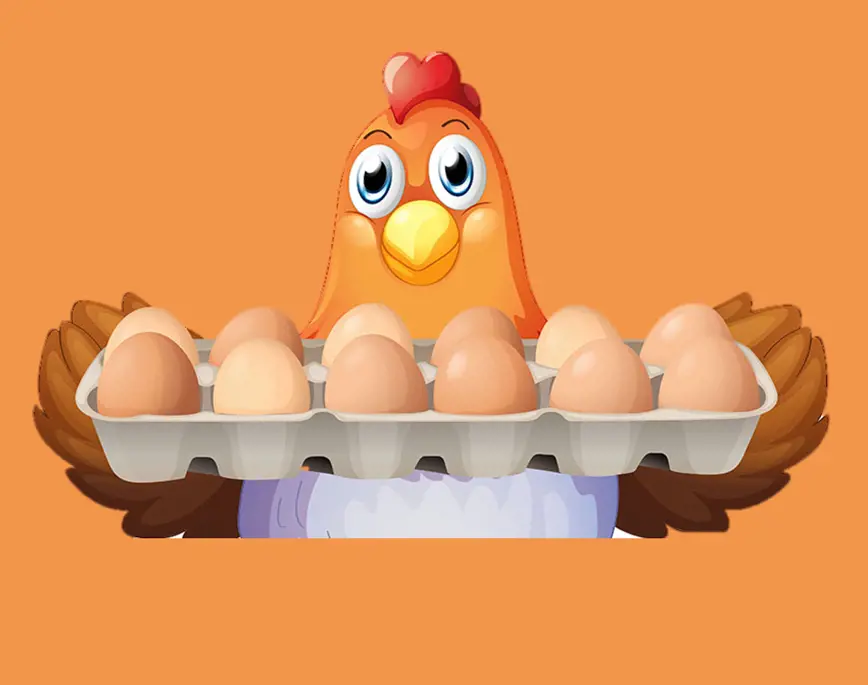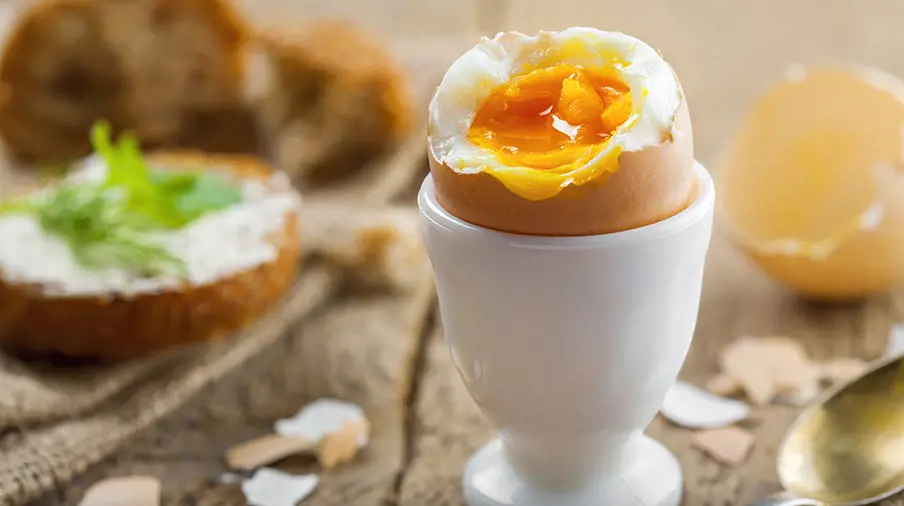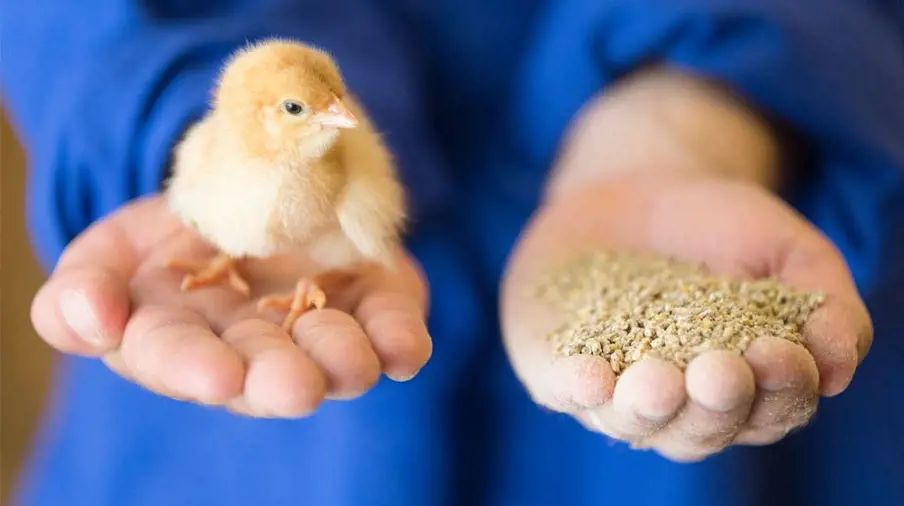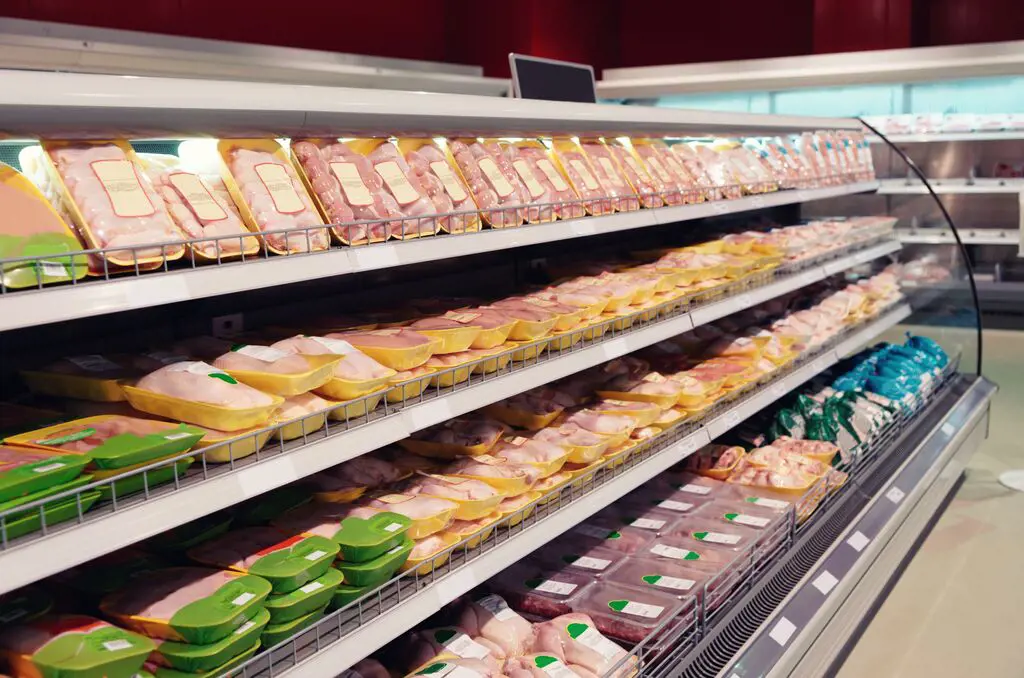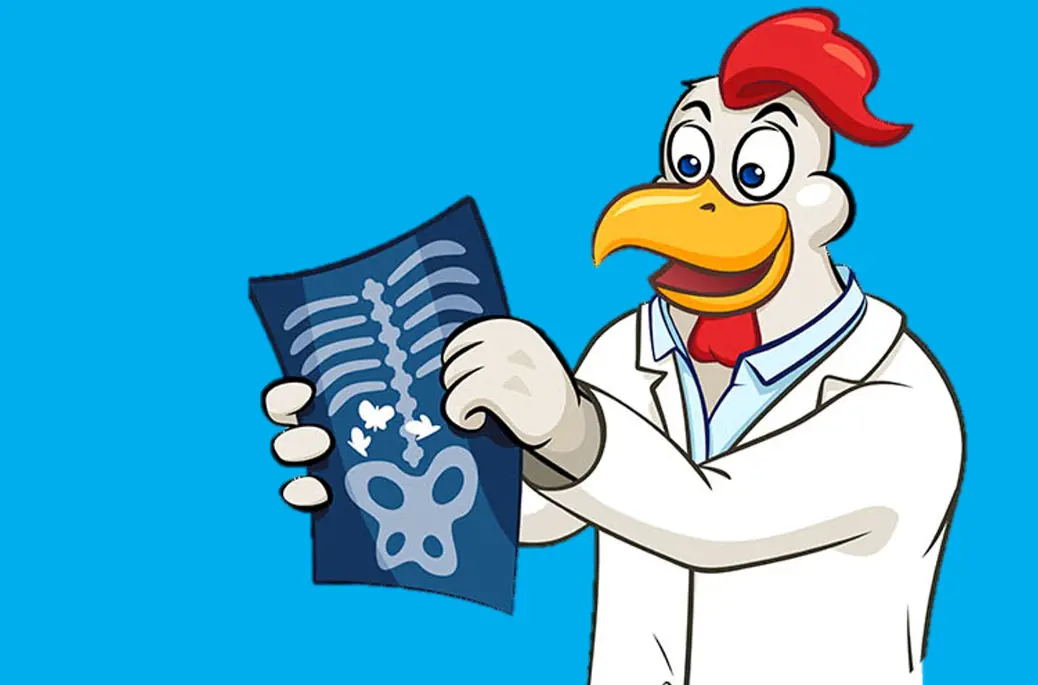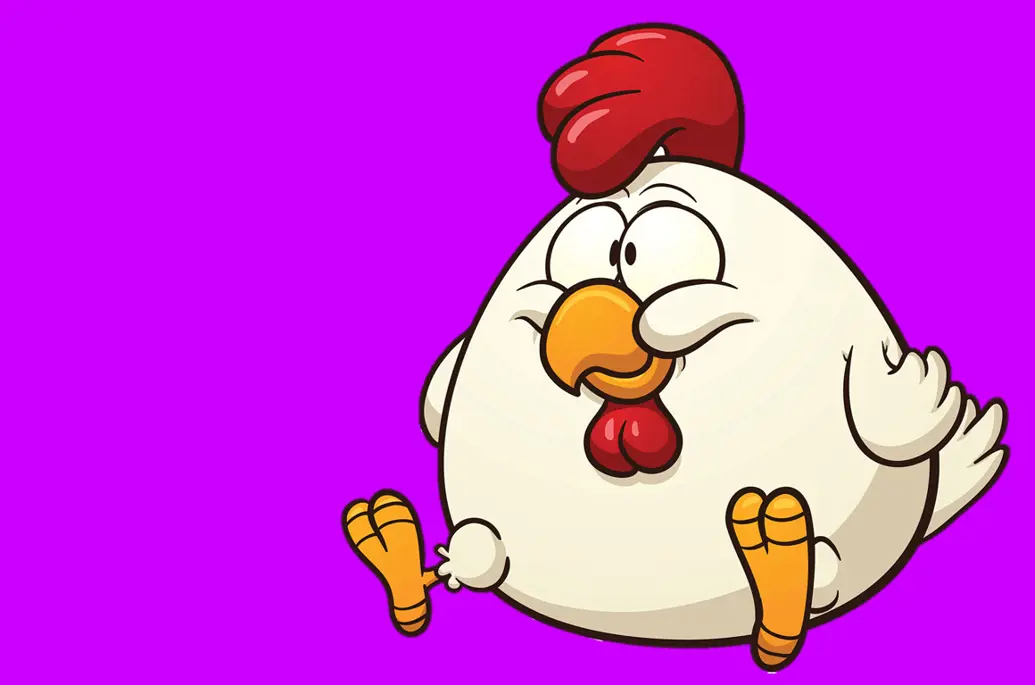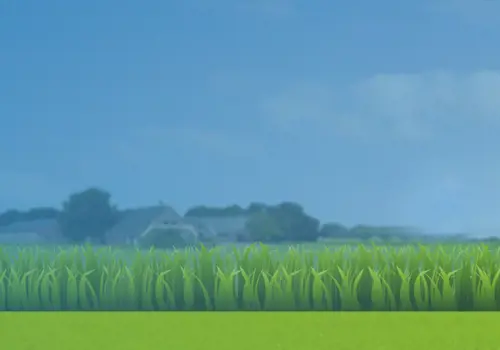
From beak to bum
There’s a lot to learn about chickens. Did you know that a chicken has no teeth? Or that a chicken has two stomachs? No? You don’t know it until you know it! Anna and Dean are happy to tell you more.
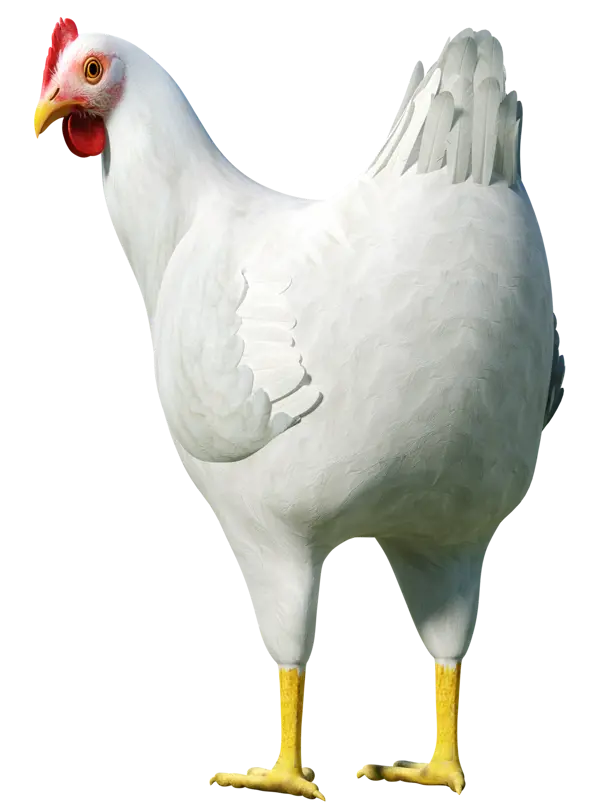
Inside a chicken
Chickens, like other birds, have no teeth. They pick up the feed using their beak. That feed goes through the oesophagus (food pipe) into the crop. The crop is kind of like a bag, where the food is stored for a while and becomes soft. Once it’s soft enough, the feed goes to the first stomach: the proventriculus (bet that’s a mouthful to say!). Here, acid and enzymes are added to the feed, making it easier to break down. What remains then goes to the second stomach: the gizzard. The gizzard contains small stones that the chicken has eaten, as these are given to them along with their feed. The gizzard grinds the feed down, using the small stones to make the food smaller. These stones sort of do the same job as teeth. From the gizzard, the feed goes through the intestines and what is not digested eventually comes out as poo.
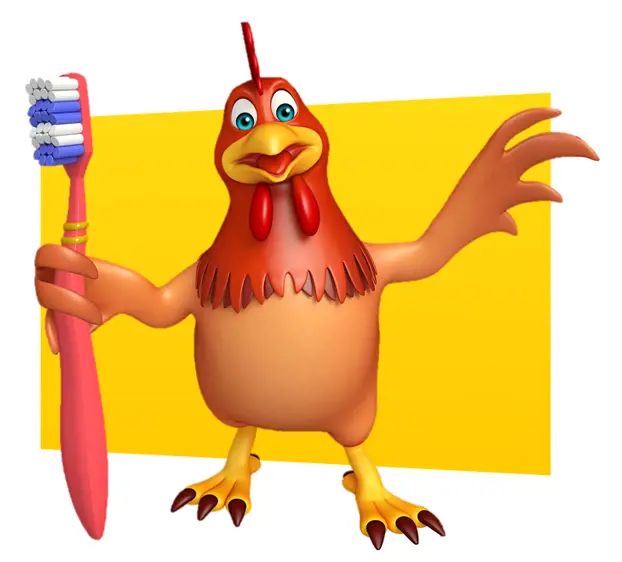
Did you know that chickens can’t swim? If chickens get hot, they need to cool themselves down in a different way. A chicken has a very special cooling feature, the comb. The comb is the red thing on the chicken’s head, and it’s always colder than the rest of the chicken. The blood flowing through it helps to cool the chicken down. But a chicken also loses heat by panting, just like a dog!
All from the same place?
It might sound a little dirty, but eggs and poo come out of the same part of the chicken. Think of it like a plumbing system: two ‘pipes’ come together in one outlet, in this case the chicken’s cloaca. In humans, we call this the anus (the bumhole).
Speaking of eggs… a chicken has follicles in its oviducts (the tubes where the egg passes through). Each follicle can become an egg. It takes about seven days for a follicle to become a complete egg. So, if a chicken has just laid an egg, there are about another six eggs in the making. That means a chicken can lay an egg practically every day!
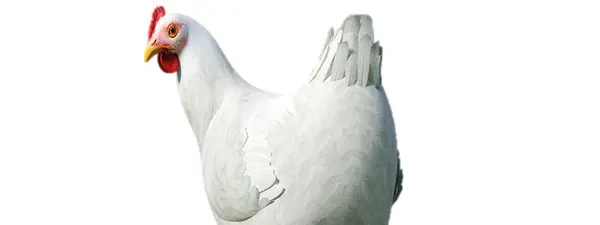
Tips on giving a presentation
Giving a presentation can be quite stressful, but with these tips from Anna and Dean, you’ll be sure to do well. Check them out!



